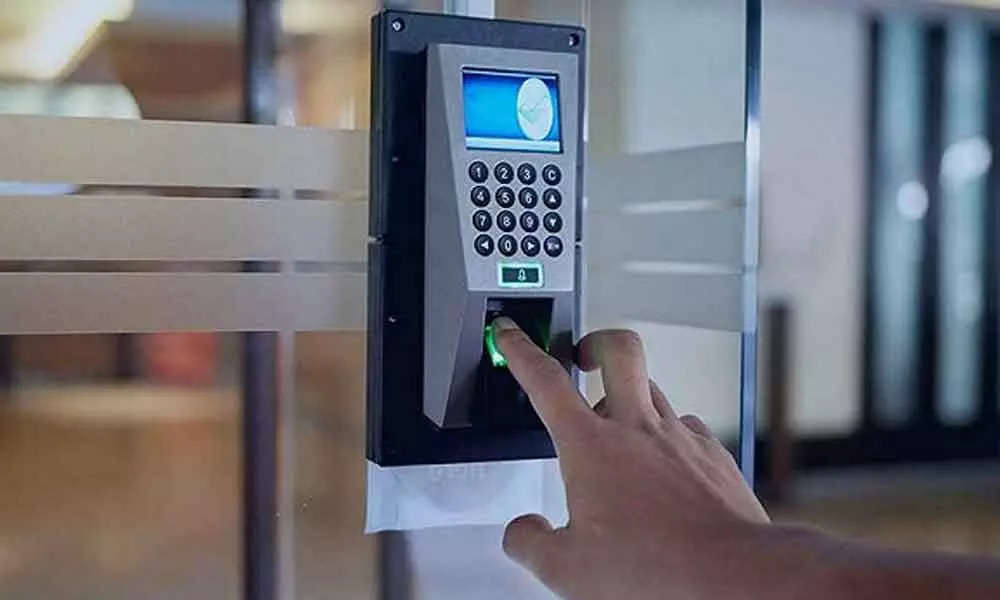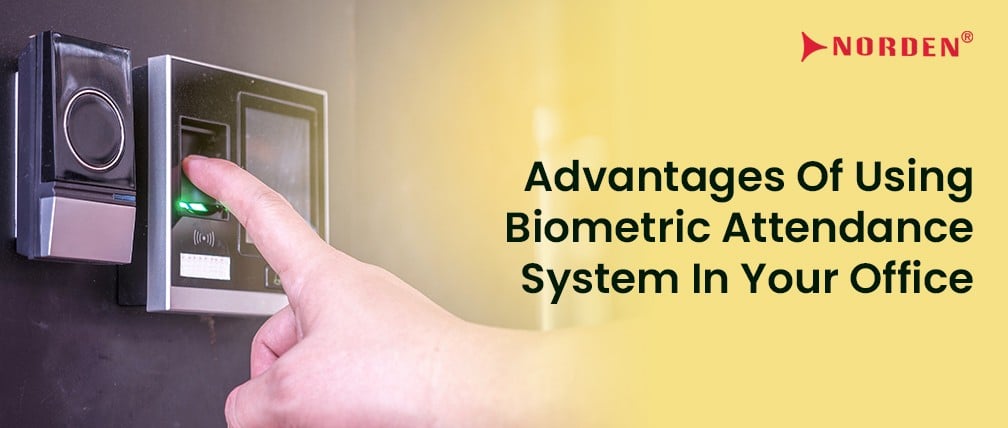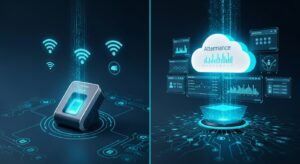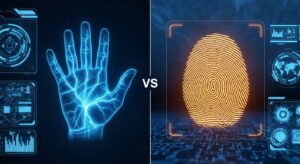Biometric systems are used in many offices. They help track employee attendance. But how do these systems work? Let’s find out.
What is a Biometric System?
A biometric system uses unique body traits. These traits can be fingerprints, faces, or eyes. The system recognizes these traits. Then it logs attendance.
How Does a Biometric System Work?
Biometric systems have several steps. These steps include enrollment, storage, and verification.
1. Enrollment
First, employees must enroll. This means they register their unique traits. For example, they scan their fingerprint. The system saves this scan.
2. Storage
Next, the system stores the scan. It keeps the scan in a secure database. This database is safe and private.
3. Verification
When employees come to work, they scan their fingerprint again. The system checks this scan. It matches the new scan with the stored scan. If they match, the system logs the attendance.
Types of Biometric Systems
There are many types of biometric systems. Each type uses a different body trait. Let’s look at some common types.
Fingerprint Recognition
Fingerprint recognition is very popular. It scans the unique patterns on the finger. Each person has a unique fingerprint.
Facial Recognition
Facial recognition scans the face. It looks at the shape of the face, eyes, and mouth. This type is also common.
Retina Scan
A retina scan looks at the eye. It scans the unique patterns in the retina. This type is very accurate.
Benefits of Using Biometric Systems
Biometric systems have many benefits. They are accurate, fast, and secure.
Accuracy
Biometric systems are very accurate. They use unique body traits. This makes it hard to cheat the system.
Speed
These systems are fast. Employees can scan their fingerprints quickly. This saves time.
Security
Biometric systems are secure. They store data safely. This keeps employee information private.
Challenges of Using Biometric Systems
There are some challenges too. These include cost, privacy concerns, and technical issues.
Cost
Biometric systems can be expensive. Offices need to buy the equipment. They also need to maintain it.
Privacy Concerns
Some employees may worry about privacy. They may not want to share their body traits. Offices must ensure data is secure.
Technical Issues
Technical issues can happen. The system may not work sometimes. Offices need to fix these problems quickly.
How to Implement a Biometric System
Implementing a biometric system involves several steps. These include planning, training, and monitoring.
1. Planning
First, offices need to plan. They must choose the right type of system. They also need to set a budget.
2. Training
Next, employees need training. They must learn how to use the system. This helps prevent mistakes.
3. Monitoring
Offices need to monitor the system. They must check for any issues. This ensures the system works well.

Credit: www.aratek.co

Credit: government.economictimes.indiatimes.com
Frequently Asked Questions
What Is A Biometric Attendance System?
A biometric attendance system uses unique physical traits, like fingerprints, for tracking employee attendance.
How Does Fingerprint Recognition Work?
Fingerprint recognition scans and stores unique patterns of an employee’s fingerprint for identification.
Are Biometric Systems Accurate?
Yes, biometric systems are highly accurate in identifying and verifying individuals.
What Are The Benefits Of Biometric Attendance?
Biometric attendance prevents buddy punching, ensures accuracy, and saves time in tracking employee hours.
Conclusion
Biometric systems are useful for tracking attendance. They use unique body traits. They are accurate, fast, and secure. But there are challenges too. These include cost and privacy concerns. With proper planning, offices can use these systems effectively.








